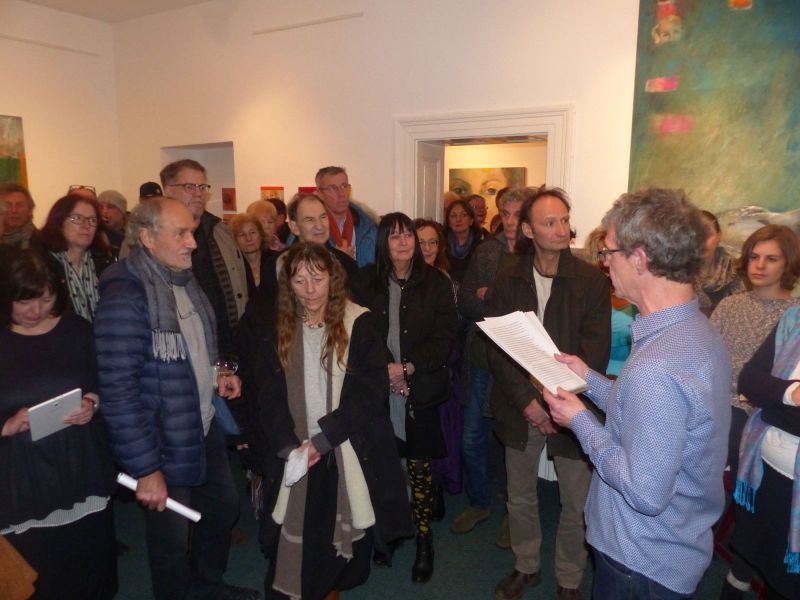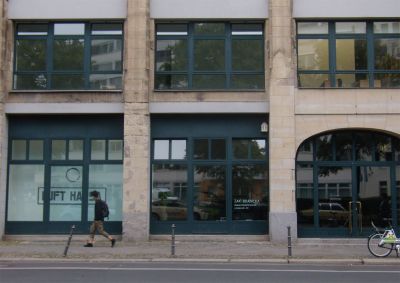“PoKuSa” – gallery for contemporary Polish art in Wiesbaden
Mediathek Sorted





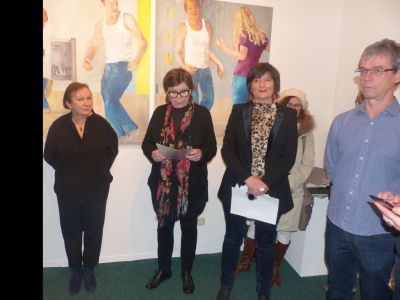














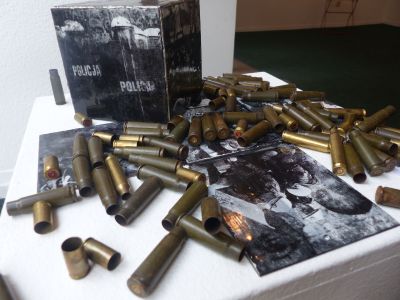
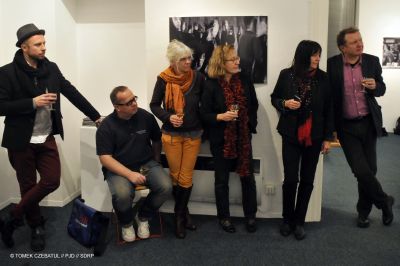
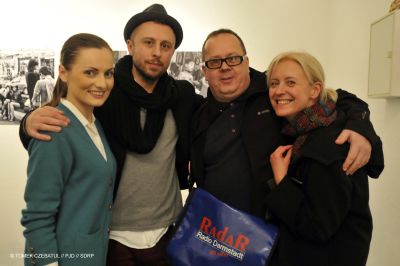


Local art collectors also appreciate the “PoKuSa” and the opportunities it provides to acquire works by Polish graphic artists, who are traditionally highly valued abroad. As Ewa Hartmann explains: “People from all over the world come to Wrocław to study graphic arts, which are particularly highly developed at the Academy there”. These days, it can sometimes happen that the most talented students in a year and the ones with the best diploma grades come from other countries and speak no Polish at all. One example is Christoph Nowicki, an American of Polish origin. He first came to the Academy in Wrocław as a student and now works as a professor there. The “PoKuSa” gallery shows his works created using the mezzotint process, a printing technique that is rarely applied today. In the words of Ewa Hartmann: “Graphic techniques are constantly subject to change. Nowadays, screen printing is no longer limited to just paper”. She points to the works on porcelain by Małgorzata Warlikowska such as the “Marilyn jako Trophies” series that was shown in Wiesbaden several years ago. In 2020, as part of the “Breslau Expansion” exhibition, which presented works by the best students from the studio run by Professor M. Warlikowska, Majka Dokudowicz and Joannis Anastasiou showed a metal box with graphic screen printing, printed on metal and fixed with enamel. The screen prints of their work, entitled “Contain Yourself, Sir”, were based on photographs of police violence in different countries throughout the world. At the opening event, the work was further developed into a live performance. At first, the box remained closed; when the artist lifted it up, cartridge cases fell out in huge numbers, and the box assumed the shape of a cross. The outer sides showed the names of the victims of police violence against a black background.
Polish graphic artists are also notable for their love of experimentation. Professor Przemysław Tyszkiewicz, winner of the German Daniel Chodowiecki Prize, showed his unusually large-format aquatint etchings at the “PoKuSa”. The linocuts of Anna Gawlikowska, large 100 x 100 cm portraits interspersed with interesting patterns, also met with an enthusiastic response. Małgorzata Malwina Niespodziewana, who teaches in the faculty of art at the teaching college in Kraków, also attracted a great deal of positive attention for her consistent concepts. As well as a solo exhibition in which she presented two series of her works, her graphic designs, which depict feminist currents in art, were included in several group shows in the “PoKuSa”.
Artists whose output has previously been shown in the gallery enjoy increasing success. The works by Anna Mierzejwska have now also been exhibited in the “Zachęta” gallery in Warsaw, while Małgorzata ET BER Warlikowska is a celebrated international artist who is shown at events such as the Ljubljana Biennale. Often, Warlikowska focuses on feminist themes. At the Academy of Fine Arts in Wrocław, she is a professor for screen printing, a technique that combines text, drawing and photography in different layers. Her “Brudne sny” (“Dirty dreams”) series, which looks at the sex appeal of Marilyn Monroe, caused quite a stir in Wiesbaden. Regular visitors to exhibitions at the “PoKuSa” also remember Katarzyna Kukuła’s humorous erotic works, her artistic nudes, and her drawings — “Na węglu” (“On coal”) or “W malinach” (“In raspberries”) from the “Kamasutra po polsku” (“Kama Sutra in Polish”) series.
Barbara Ahlfeldt had an equally important curatorial influence on the activities of the “PoKuSa”. In 2005, under her aegis, Monika Krajewska presented her Jewish-inspired Mizrahi cutouts, while Hanna Rojkowska showed painting with motifs from Jewish culture. The city of Poznań was represented in Wiesbaden by Jarosław Łukasik, who some years later also presented another series of his works in the “PoKuSa”, and also by Małgorzata Andrzejewska with a colourful, enchanting series showing hillsides with vineyards.





















































































